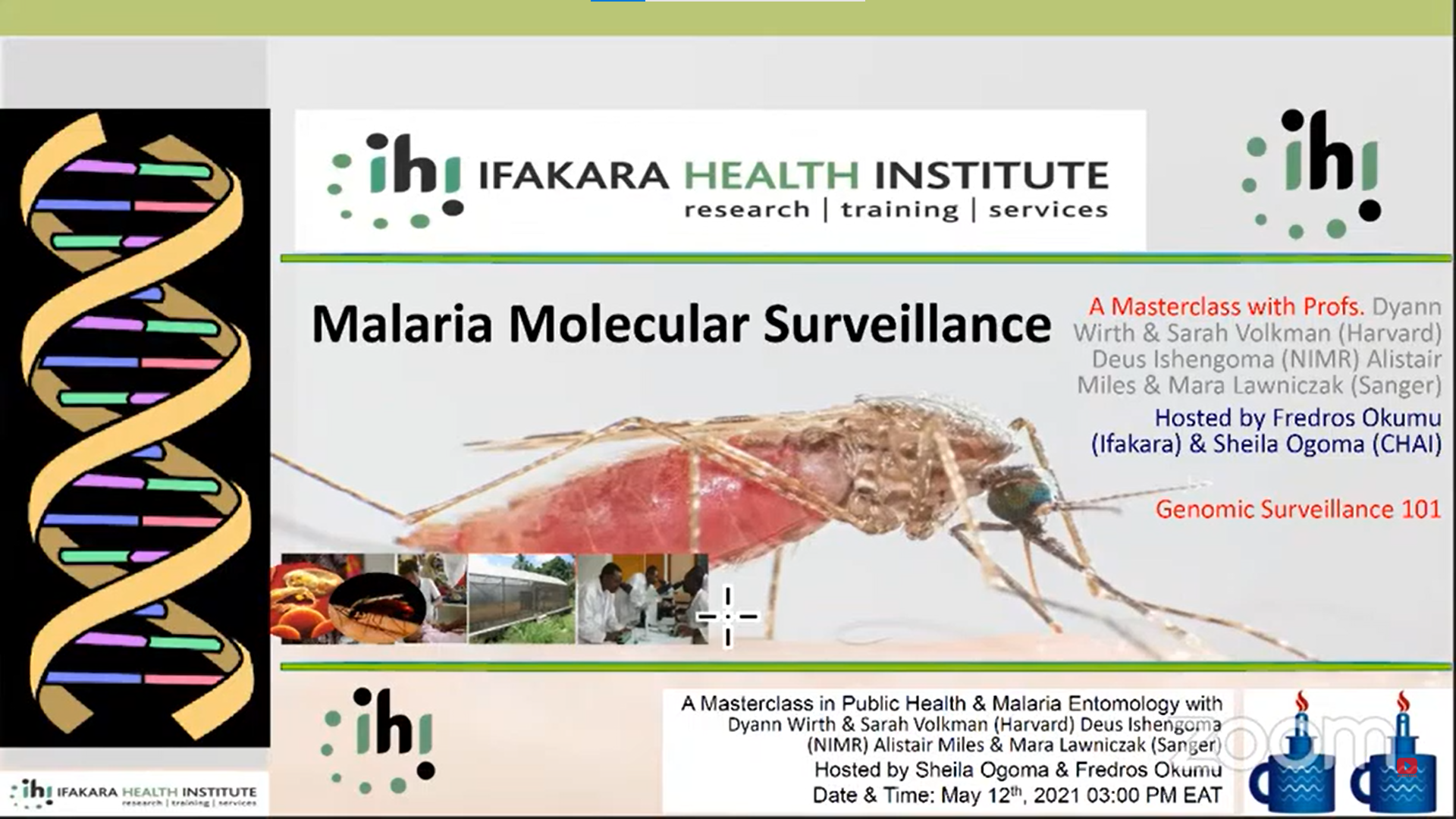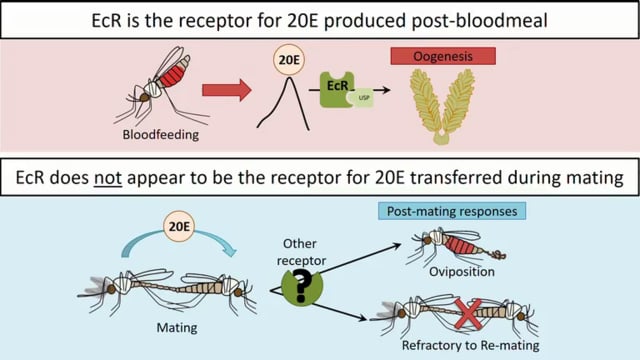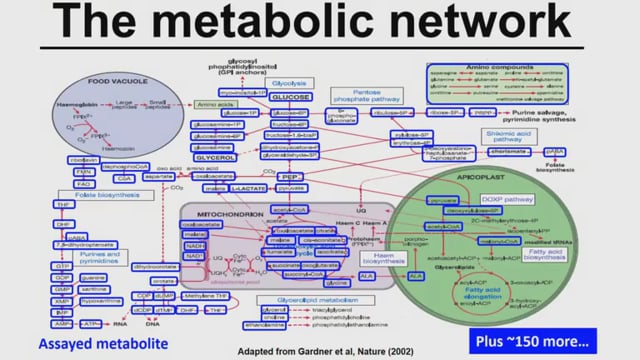Last Updated: 19/04/2023
Understanding the molecular mechanism of parasitophorous vacuolar membrane disruption by egressing malaria parasites
Objectives
To unravel the molecular details about subtilisin-like 1’s (SUB1) action on the parasitophorous vacuole membrane (PVM) by using a combination of cutting-edge genetic, cell biological and biochemical techniques.
Malaria is caused by the parasitic protozoan Plasmodium and accounts for about 600,000 deaths annually. Most deaths are due to infection with Plasmodium falciparum. The disease symptoms result exclusively from the blood stage of infection, during which the parasite infects the host red blood cell (RBC) and multiplies within a parasitophorous vacuole (PV). Following each multiplication cycle, the progeny parasites escape from the infected RBCs by an explosive process called egress, and subsequently infect fresh RBCs to continue infection. Egress is a multistep process that involves the rupture of the PV membrane (PVM) followed by the poration and rupture of the RBC membrane (RBCM). PVM rupture and the downstream events are dependent on the parasite serine protease subtilisin-like 1 (SUB1) and interference with SUB1 activity stalls parasites inside intact PVM. SUB1 is localized in the exoneme secretory organelles and discharged into the PV just prior to egress. Inside the PV, it activates soluble, and membrane bound effectors that are essential for RBCM breakdown. However, the mechanism by which SUB1 directs PVM rupture remains unknown. PVM rupture does not affect the parasite plasma membrane, suggesting that the activity of SUB1 is membrane specific. As PVM rupture is a prerequisite for subsequent steps of parasite egress, knowledge of underlying mechanism is key to identifying drug targets. The proposed study will use a combination of cutting-edge genetic, cell biological and biochemical techniques to unravel the molecular details about SUB1’s action on the PVM. Specifically, in aim 1 SUB1’s interacting partners in the exonemes and in the PV will be determined, and the role of specific novel interactor/s in PVM breakdown will be evaluated. SUB1’s role in the activation of these potential effectors will also be tested. Finally, in aim 2 SUB1’s ability to directly cleave one potential substrate, the abundant PVM resident protein Exp1 will be evaluated. Exp1 is essential for parasite’s survival. Whether SUB1 mediated PVM breakdown involves Exp1 will also be tested. As the RBC infection by Plasmodium falciparum often time results into predisposition of the infected individuals to cardiovascular complications, understanding the molecular details about how the parasites successfully carry out the blood stage infection will, therefore, give clue about attractive antimalarials and protect the infected individuals from adverse health conditions later in life.
Jan 2023 — Dec 2024
$151,476


